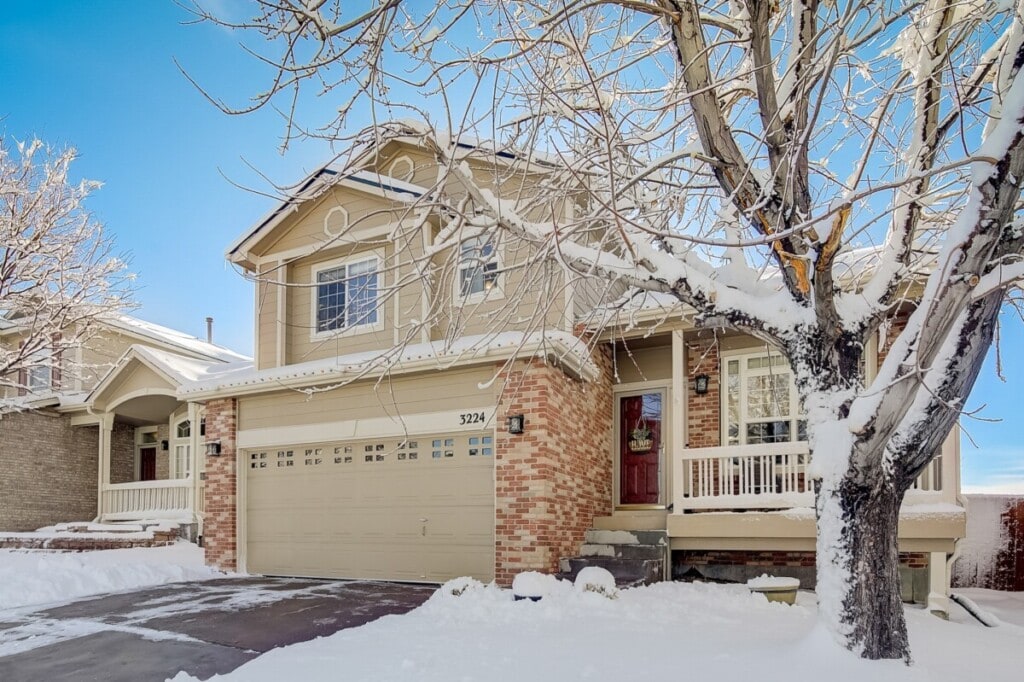How Long Does My Landlord Have to Fix Mold?

One of the most unwelcome issues in any home or rental property is the appearance of mold. It’s a tough problem to combat since there’s no sure way to keep it from showing up — there are a million causes and it’s impossible to control many of them.
There’s a chance you or your tenants will come across mold in your rental property at one time or another. If you do find mold, you’ll need to take care of it as quickly as possible, as it’s a health hazard to those living in the home. Here’s what you need to know about removing mold from your rental property and how long you have as a landlord to fix mold.
Is a landlord responsible for mold in a rental?
Ultimately, since the landlord owns the home, they’re responsible for taking care of the mold. It’s the landlord’s responsibility to make sure the property is safe and habitable for tenants — and that means no mold should threaten the health of those living there.
Since mold is uncontrollable and unpredictable, you’ll want to educate your tenants on mold and how to prevent it in the home. Let them know the places where mold is common, like under sinks and in the corners of bathrooms and other humid areas, and ask them to check for it often. Then be sure they understand they should let you know as soon as possible if they ever find mold so you can correct the problem before it gets too big.
How long does a landlord have to fix mold?
Once a tenant reports mold, landlords have 14 days to check it out in most states. And if it is actually mold, then the landlord has 30 days to take care of the problem.
When ridding a rental property of mold, the solution isn’t to just remove the current pieces of mold from the home. Rather, you must also fix the underlying cause of the mold. If there’s a leak that’s caused water to seep into the walls and floors and mold grew due to the moisture, you’ll need to not only fix the walls and floors where the mold is present but fix the leak to prevent it from happening again in the future.
Checking for mold in a rental property
Before a tenant even moves in, you should thoroughly clean and check your property for any mold or signs of future mold issues. Common places where mold appears are underneath kitchen sinks and in bathrooms. You should also note other places that may have extra humidity and moisture in the rental, like the laundry room, closets or basement corners as these are often environments where mold grows unnoticed.
You can also use an at-home mold testing kit if you’ve found something you think might be mold or you can call in a professional to check the home out.
How to remove mold from a rental property
Depending on the type and how much of it there is, you have a few solutions for getting rid of mold. Cleaning with a bleach solution can get rid of basic surface-level mold — but make sure to clean it thoroughly.
However, if there’s a large quantity of mold and it’s found inside walls or underneath the carpet, you’ll likely need to call in a professional. Mold removal companies will ensure that they remove and properly dispose of all of the mold and they’ll know where and how to check for mold in all areas of the home.
If you’re ever in doubt of whether or not your rental property has mold, don’t hesitate to get a professional opinion. Spending a little bit of money for an expert to check for mold at the beginning can end up saving you lots of money and hassle in the end as you’ll avoid future problems that could be costly.
Key tips for preventing mold
It’s much harder to fix a mold problem than it is to prevent it from happening. As the landlord, you can’t always control whether or not mold starts to grow in your rental since you’re not the one living in it and mold is unpredictable. However, there are things you can do to make it so your rental property doesn’t foster mold growth for tenants.
Airflow and ventilation
Make sure there’s good airflow and ventilation throughout the home, especially in places where mold is likely to grow. The bathrooms should have windows you can open to let out any additional moisture from bathing and showering and a working exhaust fan in each bathroom.
If your rental property is in a humid location, you may want to consider installing a dehumidifier to extract the excess moisture from the air.
Check for leaks often
Leaky sinks can create an environment that mold likes to grow in. Check underneath sinks often to ensure there aren’t any leaks — even a small one can cause big mold problems. Let your tenants know they should report any leaks immediately, no matter how big or small the leak is, so you can take care of it.
Educate your tenants
Teaching your tenants about mold and how and where it might grow will help them to assist you in keeping the rental mold-free. Be sure to clarify that you understand mold isn’t their fault if it does show up and that you want to make sure you keep their living quarters clean and safe for them. Instruct them to reach out to you as soon as they find mold or even if they think they’ve found signs of mold so you can get it removed.
Be thorough and exercise caution
The best thing you can do as a landlord when it comes to mold is thoroughly prepare your property for tenants and exercise caution. You can’t control mold in a rental property, but you can take preventative measures and check often to keep any potential problems in check. If you’re careful, you’ll create a safe, healthy environment for your tenants and you shouldn’t have any big mold issues on your rental property.
The post How Long Does My Landlord Have to Fix Mold? appeared first on Redfin | Real Estate Tips for Home Buying, Selling & More.





